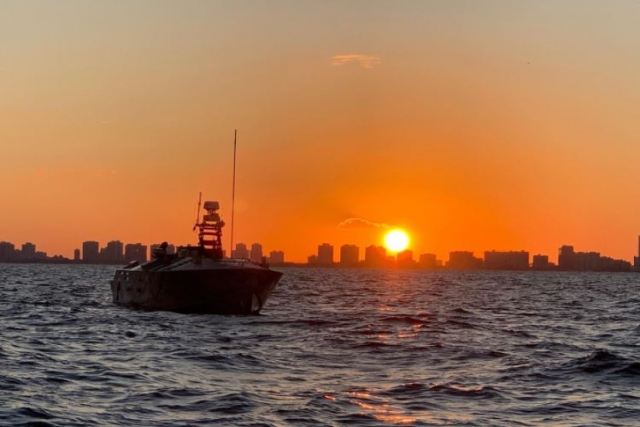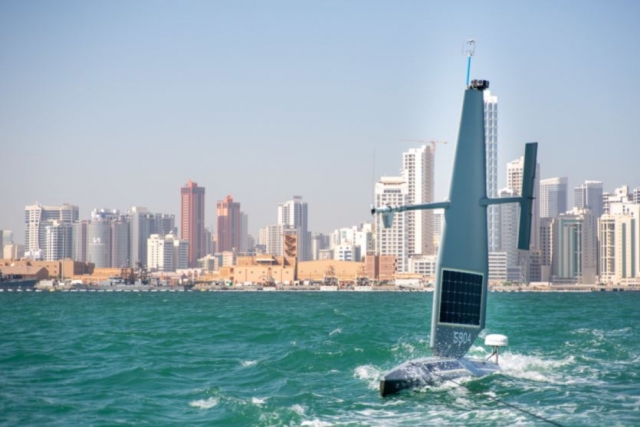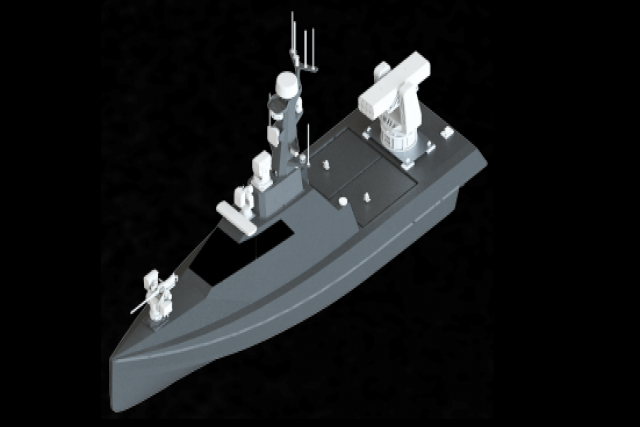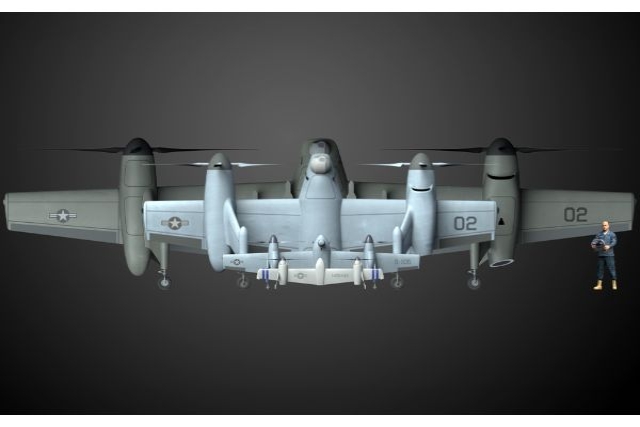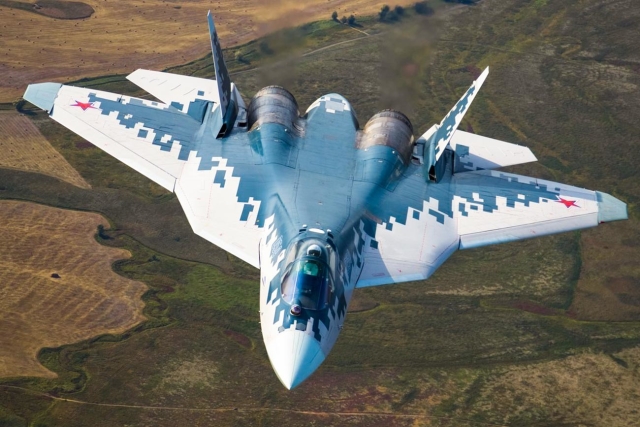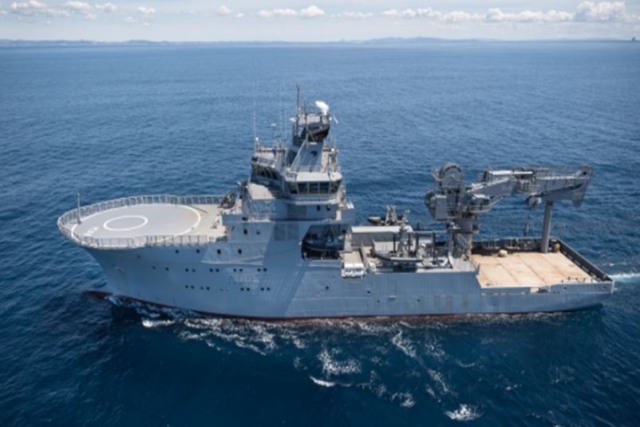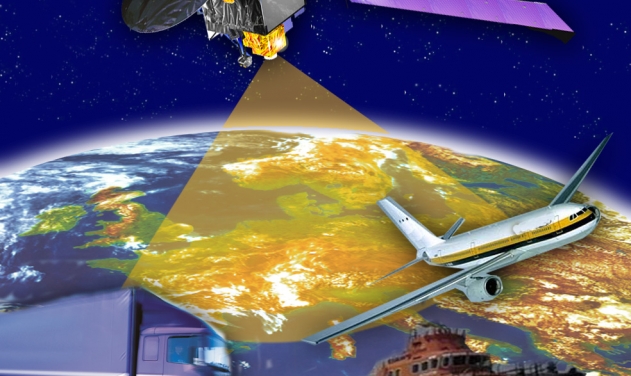Thales Australia, Ocius Technologies to Develop USVs for Anti-Submarine, Surveillance
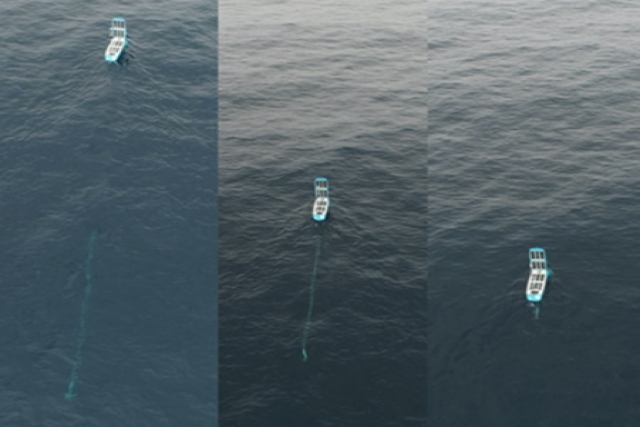
Thales Australia and Ocius Technologies entered a Teaming Agreement on Tuesday to advance the development and deployment of a scalable Unmanned Surface Vehicle (USV) capability equipped for Anti-Submarine Warfare (ASW) surveillance missions.
The Australian designed and manufactured Blue Sentry autonomous system, comprising a team of Ocius Bluebottle USVs integrated with Thales Australia’s new thin line Fibre Optic Towed Array capability, are deployed from shore to autonomously patrol large areas of Australia’s coastline, performing underwater ISR (Intelligence, Surveillance, Reconnaissance) missions for long periods of time at sea, and in extreme weather conditions.
Missions that would have previously required the deployment of peopled assets for many days to complete will be able to be conducted remotely using the Blue Sentry team of Autonomous Vessels at a significantly reduced cost of coverage.
The traditional Towed Array capability was first deployed on the Collins Class Submarine to enable advanced threat detection and classification at sea.
In both form and function, Thales’s thin line Fibre Optic Towed Array is a miniaturised version of a submarine Fibre Optic Towed Array, enabling autonomous detection, classification and localisation of craft on the surface or below the water that generate acoustic noise or produce acoustic reflections. The Blue Sentry system’s autonomous detection capabilities also enable covert communication to allies below the surface using long-range low frequency underwater communications. The newly developed thin line Towed Array is designed, developed and manufactured at Thales Australia’s Acoustics Centre of Excellence at Rydalmere in New South Wales.
Thales has been working collaboratively with Ocius since 2013 on the role of the USV in ASW - the Bluebottle is a standout USV platform for long-term maritime mission endurance.
